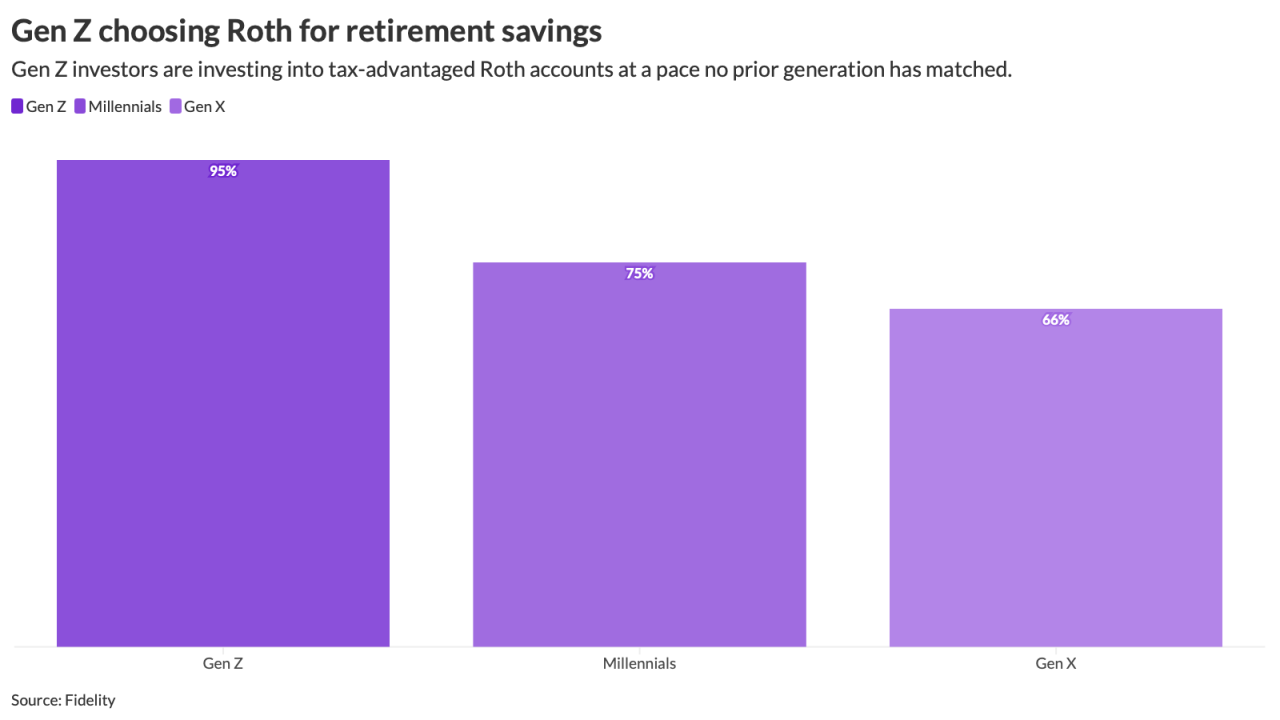Last month the EEOC’s Select Task Force on the Study of Harassment in the Workplace issued a long-awaited report. That report is a four-part, 88-page document — meaning digesting the report is a hefty task. Fortunately, the Task Force also issued an executive summary that provides an excellent overview and makes wading through the findings of the study far more manageable.

The report determined that workplace harassment remains a persistent problem (close to one third of the approximately 90,000 charges received by EEOC in fiscal 2015 included an allegation of workplace harassment), and it provides many suggestions regarding preventing harassment. The report focuses heavily on the concept of training, which the task force emphasizes must focus on prevention, as opposed to merely avoiding legal liability.
The report further recommends that harassment training must be tailored to the specific workforce and workplace, and not use a “one size fits all” approach. This is an important point. Many employers doing business in states such as California that mandate harassment training turn to online, generic training modules. In light of the report and its focus on tailoring training, employers may want to re-think using these kinds of “canned” training programs. The Task Force also explores new models of training such as “bystander intervention training,” a type of training used to combat sexual violence on school campuses.
Workplace “civility training,” training that focuses on promoting respect and civility in the workplace generally, as opposed to avoiding only illegal harassment, is a main focus of the report. This is not altogether surprising, given that California recently added an anti-bullying component to its training requirements, and thus civility and avoidance of bullying behavior appears to be a trend. Indeed, one of the report’s many recommendations is that the “EEOC and the National Labor Relations Board should confer, consult, and attempt to jointly clarify and harmonize the interplay of the National Labor Relations Act and federal EEO statutes with regard to the permissible content of workplace ‘civility codes.’”
While there is an abundance of information in the report, and we recommend that employers review at least the Executive Summary in detail, an immediate takeaway is the importance of targeted and comprehensive harassment and civility training and the potential value employers might build by re-examining, and potentially bolstering, their training practices. Good harassment prevention training programs are always a key component to defending against liability claims for harassment, but perhaps more importantly (and in line with the report’s suggestions), such trainings may go even further and eliminate situations that can lead to harassment claims in the first place.
This article originally appeared on the





